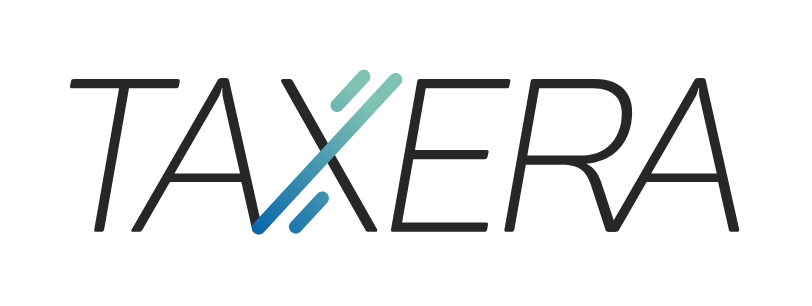
Bolivia e-Invoicing // Sistema De Facturacion Electronica (SFE)
The final group of taxpayers slated to join the Bolivian electronic invoicing system, Sistema
De Facturacion Electronica (SFE), has been granted a two-month extension. The new
deadline is now June 1, 2023, pushing back the original April 1 deadline.
In February 2023, 4,000 businesses were included in the list of entities mandated to use
electronic invoices from February 1, 2023. The schedule of taxpayers joining the Bolivian SFE
e-invoicing or digital bookkeeping system is as follows:
3rd wave: February 2023
2nd wave: December 2021
1st wave: 2021
From December 1, 2021, Bolivia’s National Tax Service (SIN) made e-invoicing via SFE
compulsory. The rollout was previously paused in May 2021 due to the COVID-19 pandemic.
Bolivia had planned a one-year introduction period for its new government pre-clearance
VAT invoice program, starting in June 2020. This mandated taxpayers to use a certified
invoice creation process and submit these in real-time to SIN’s SFE service. This service then
validates the invoices as official tax documents, or fiscal notes, with a digital signature. The
SIN can then generate pre-filled VAT returns for taxpayers, a model followed by countries like
Italy, Spain, and Hungary.
There are six types of e-invoices that can be processed
- Manual invoicing
- Pre-valued invoicing
- Computerized SFV invoicing
- Online electronic invoicing
- Online computerized invoicing
- Online web portal invoicing
- For all types of invoicing, except online, invoices issued for amounts over Bs1,000 (about
- USD $145.00) must include the buyer’s name.
Taxpayers have three ways to import their data into the SFE system
- A free online portal for invoice uploading
- Modified accounting and invoicing software connected via the internet
- E-invoicing creation systems, either internally or via certified third-party outsource providers
The SFE process for taxpayers involves the following steps
- First, taxpayers need to secure a digital signature or certificate for their invoices from the
- Agency for the Development of the Information Society (ADSIB).
- Draft XML-format fiscal invoices, with a digital signature, are uploaded to the SIN database, SFE, for validation.
- SFE then makes the approved invoice available to the customer through a system login.
- Invoices can be validated later using a QR Code provided on purchase invoices.
LinkedIn
Email
Latest publications



